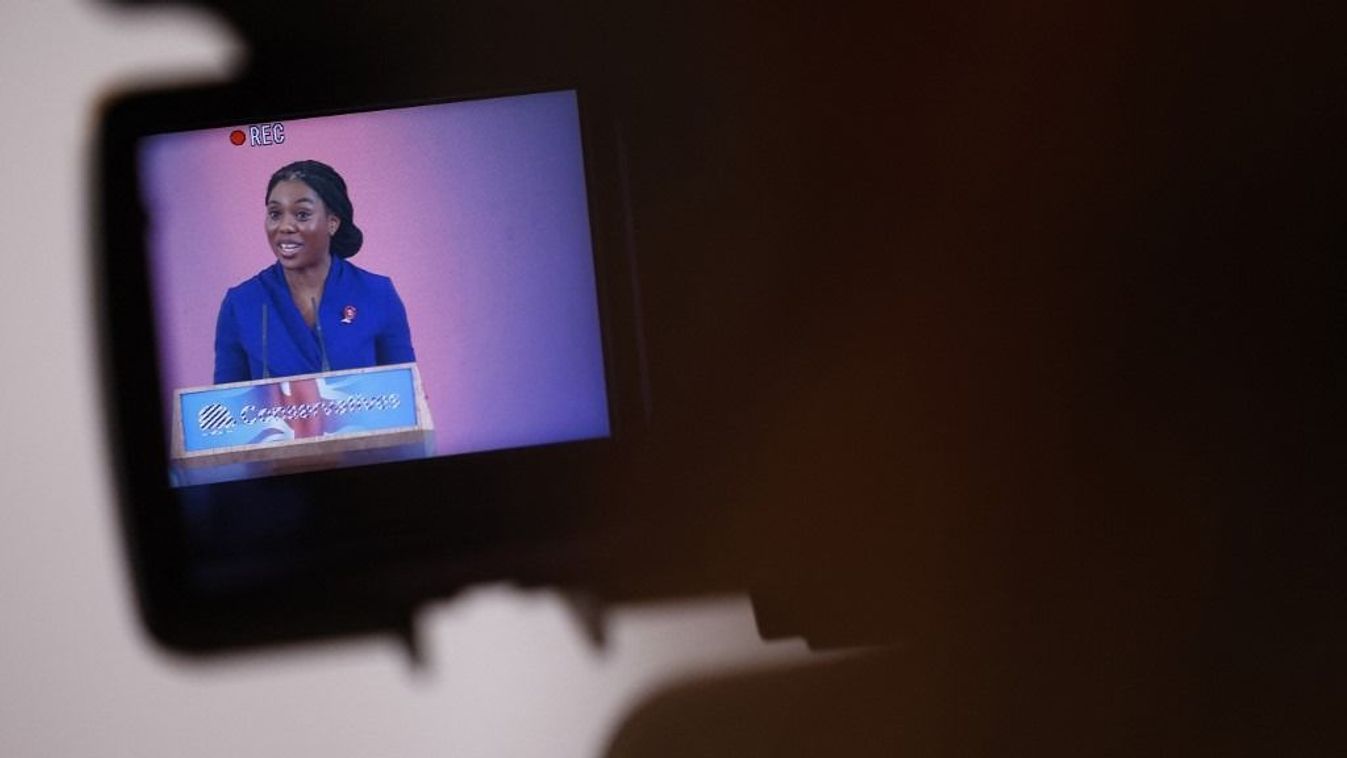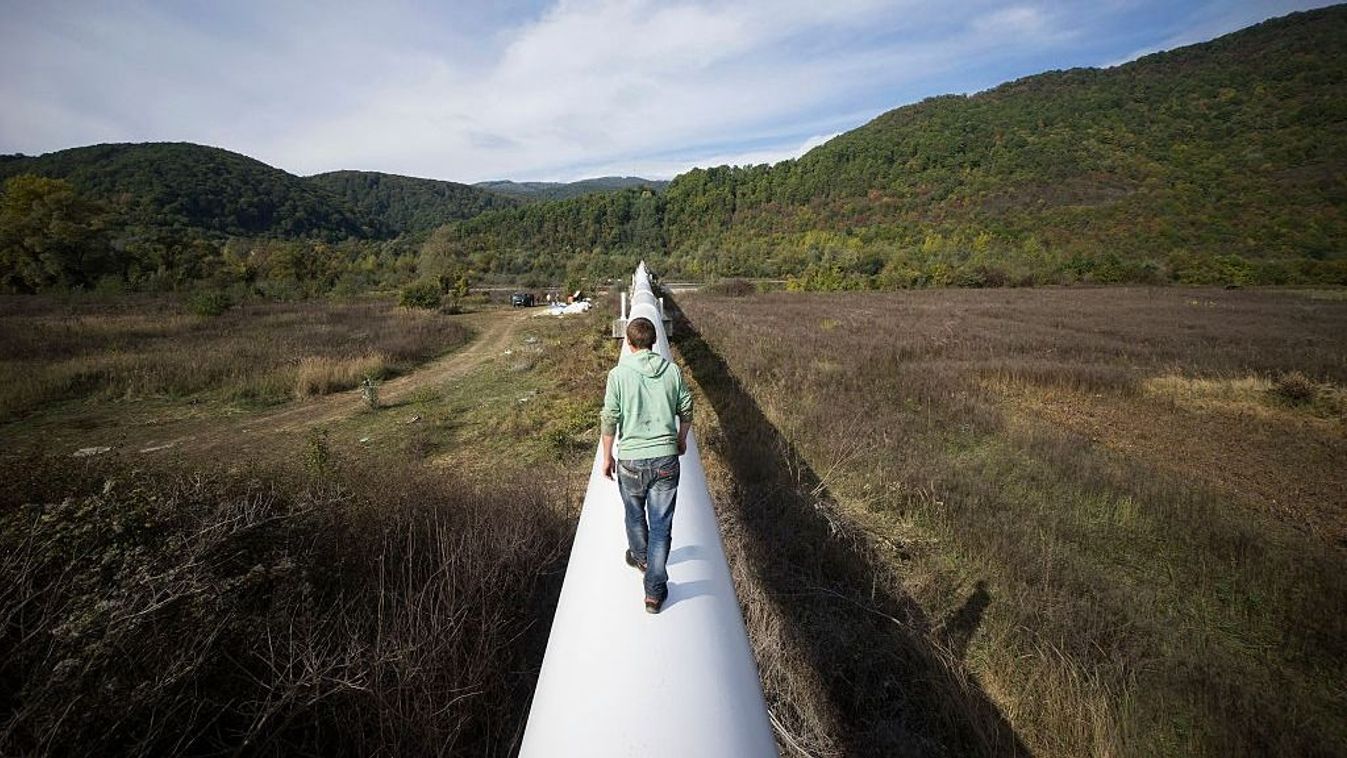The Wrong Growth Strategy for Japan
The interest rate on Japan’s ten-year government bonds is now less than 1% – the lowest in the world, despite a very high level of government debt and annual budget deficits. Indeed, Japan’s debt is now roughly 230% of GDP, higher than that of Greece (175% of GDP) and nearly twice that of Italy (125% of GDP). The annual budget deficit is nearly 10% of GDP, higher than any of the eurozone countries. With nominal GDP stagnating, that deficit is causing the debt/GDP ratio to rise by 10% annually.
Japan’s government is able to pay such a low rate of interest because domestic prices have been falling for more than a decade, while the yen has been strengthening against other major currencies. Domestic deflation means that the real interest rate on Japanese bonds is higher than the nominal rate. The yen’s rising value raises the yield on Japanese bonds relative to the yield on bonds denominated in other currencies.
That may be about to come to an end. Abe has demanded that the Bank of Japan pursue a quantitative-easing strategy that will deliver an inflation rate of 2-3% and weaken the yen. He will soon appoint a new BOJ governor and two deputy governors, who will, one presumes, be committed to this goal.
The financial markets are taking Abe’s strategy seriously. The yen’s value against the US dollar has declined by more than 7% in the last month. With the euro rising relative to the dollar, the yen’s fall relative to the euro has been even greater.
The yen’s weakening will mean higher import costs, and therefore a higher rate of inflation. An aggressive BOJ policy of money creation could cause further weakening of the yen’s exchange rate – and a rise in domestic prices that is more rapid than what Abe wants.
With Japanese prices rising and the yen falling relative to other currencies, investors will be willing to hold Japanese government bonds (JGBs) only if their nominal yield is significantly higher than it has been in the past. A direct effect of the higher interest rate would be to increase the budget deficit and the rate of growth of government debt. With a debt/GDP ratio of 230%, a four-percentage-point rise in borrowing costs would cause the annual deficit to double, to 20% of GDP.
The government might be tempted to rely on rapid inflation to try to reduce the real value of its debt. Fear of that strategy could cause investors to demand even higher real interest rates.
The combination of exploding debt and rising interest rates is a recipe for economic disaster. The BOJ’s widely respected governor, Masaaki Shirakawa, whose term expires in April, summarized the situation in his usual restrained way, saying that “long-term interest rates may spike and have a negative effect on the economy.”
A spike in long-term rates would lower the price of JGBs, destroying household wealth and, in turn, reducing consumer spending. The higher interest rates would also apply to corporate bonds and bank loans, weakening business investment.
Even without the prospect of faster inflation and a declining yen, fundamental conditions in Japan point to higher interest rates. The Japanese government has been able to sell its bonds to domestic buyers because of the high rate of domestic saving. The excess of saving over investment has given Japan a current-account surplus, allowing the country to finance all of the government borrowing domestically, with enough left over to invest in dollar-denominated bonds and other foreign securities. But that is coming to an end.
The household saving rate has collapsed in recent years, falling to less than 2%. The combination of high corporate saving and low business investment has sustained the current-account surplus, allowing Japan to fund its budget deficit domestically. But the surplus has fallen sharply in the past five years, from roughly 6% of GDP in 2007 to only 1% now. With a falling rate of household saving and the prospect of new fiscal deficits, the current account will soon be negative, forcing Japan to sell its debt to foreign buyers.
Abe plans to supplement the easy-money strategy with an increase in government spending of some $120 billion, or 2% of GDP. It is not clear why Abe and his advisers believe that this will deliver sustained real GDP growth of 2% a year. Although the $120 billion is presumably just for the current year (if the spending can be made to happen that quickly), he also spoke during his campaign about a ten-year rise in government spending of ¥200 trillion yen, substantially more than the $120 billion annual rate. The impact of all of this on the national debt and on Japan’s interest rates could be staggering.
Abe is right about one thing: Japan needs to get out of its no-growth and deflationary trap. But the policies that he favors are not the way to do it.

Portfóliónk minőségi tartalmat jelent minden olvasó számára. Egyedülálló elérést, országos lefedettséget és változatos megjelenési lehetőséget biztosít. Folyamatosan keressük az új irányokat és fejlődési lehetőségeket. Ez jövőnk záloga.






















